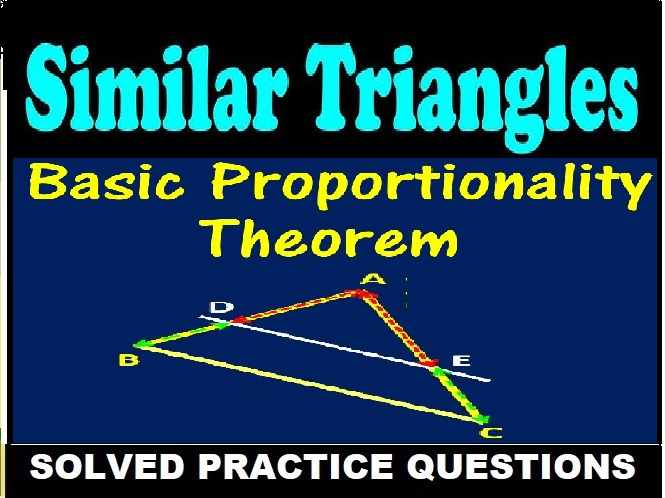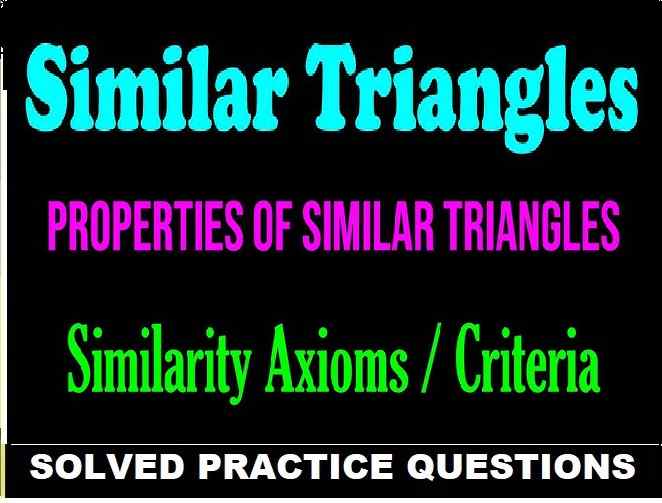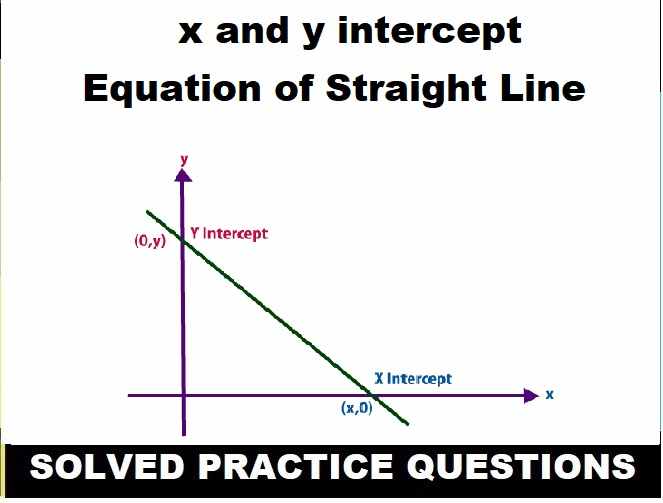Chemical Bonding Exe-3 Goyal Brother ICSE Class-9 Ch-4 . We Provide Solutions of Chapter-4 Exercise-3 Atomic Structure and Chemical Bonding Goyal Brother Prakashan ICSE Class-9 Ch-4. Visit official Website CISCE for detail information about ICSE Board Class-9.
Chemical Bonding Exe-3 Goyal Brother ICSE Class-9 Ch-4
| Board | ICSE |
| Publications | Goyal Brother Prakashan |
| Subject | Chemistry |
| Class | 9th |
| Writer | Dr. S.K. Aggarwal |
| Chapter-4 | Chemical Bonding |
| Topics | Solutions of Exercises-3 |
| Edition | for 2022-2023 Academic Session |
Ch-4 Atomic Structure and Chemical Bonding Exe-3
Goyal Brother Prakashan ICSE Class-9 Chemistry Solutions
(Page- 108-109) Questions related to Inert / Noble Gas
Questions 1.
(a)What is the other name of a noble gas?– inert gases
(b) Why are the atoms of noble gases unreactive?
Ans: The atoms of noble gases already have complete outer shells, so they have no tendency to lose, gain, or share electrons. This is why the noble gases are inert and do not take part in chemical reactions
(c) Why are the atoms of elements other than noble gases reactive?
Ans : Their outermost shell is incomplete. They can lose, gain or share electrons. Thus they are chemically reactive.
Questions 2. Give the names and symbols of three monatomic gases. Why do not these gases atom molecules?
Answer : List of Monatomic Elements
- helium (He)
- neon (Ne)
- argon (Ar)
- krypton (Kr)
- xenon (Xe)
- radon (Rn)
Atoms of inert gases don’t form molecules. They already have the maximum number of electrons in their outermost shell so, their ionization energy is too high to form a bond with other atoms. That’s why they can’t share, loose or gain electrons to form bond
Questions 3. Name an inert gas having (a) a duplet structure (b) an octet structure.
a) a duplet structure -Helium is the only noble gas which has only two electrons in its valence shell. Such an electronic configuration of a valence shell is called duplet structure
(b) an octet structure:- all noble gases, has a full valence shell. Noble gases have eight electrons in their outermost shell, except in the case of helium, which has two
Questions 4. Amongst the chlorine atom and chlorine molecule, which has more energy and why?
Answer : Chlorine atom has more energy because it is unstable ! More unstable a molecuke or an atom is, the more energy it has . And so Cl2 has less energy than Cl as Cl2 is highly stable and can be found in a free state in the nature!
Questions 5. Name a noble gas which has less than 8 electrons in its valence shell. What is the atomic number of this gas?
Answer : Helium is a noble gas which has less than 8 electrons in its valence shell. The atomic number of helium gas is 2.
Questions 6. Choose the inert gases from the following list:
H, He, Na, Ne, Au, Ar, K, Kr, Ra, Rn, Xe.
Answer : He, , Ne, , Ar, Kr, , Rn, Xe.
Questions 7. Which of the following elements would you except to be most stable and why?
4A2, 23B11, 27C13, 40D20
Answer : 4A2
Questions 8. The following table shows electronic configuration of elements P, O, R and S. From the list, choose inert gases and give a reason/reasons for your choice:
| Element | Electronic configuration |
| K L M N | |
| P | 2, 8, 2, _ |
| Q | 2, _ , _, _, |
| R | 2, 8, 18, 8, |
| S | 2, 8, 8, _ |
Answer : O, R and S .are inert gases due to complete either octet or duplet rules
Questions 9. Choose the noble gases from the element shown in the table below:
| Element | A | B | C | D |
| Mass number | 4 | 40 | 27 | 20 |
| Number of neutrons | 2 | 22 | 13 | 10 |
Answer : To find an element inert or not first get atomic number
atomic number = number of proton= (mass-neutron)
A= 4-2=2 so configuration=2
B= 40-22= 18 so configuration =2,8,8
C= 27-13=14 so configuration=2,8,4
D= 20-10=10 so configuration=2,8
Hence A, B and D are inert gases due to octet / duplet rules
Questions 10. The number of protons and neutrons in species P to T are given in the table below:
| Species | P | Q | R | S | T |
| Protons | 6 | 18 | 17 | 9 | 17 |
| Neutrons | 6 | 22 | 18 | 10 | 18 |
From the above table, find the species which represent noble gas. Give one reason for your choice.
Answer : to get inert gases first write configuration with help of atomic number = number of proton
P 6= 2,4
Q18=2,8,8
R17= 2,8,7
S9=2,7
Hence Q is only inert due to octet rules
Chemical Bonding Exe-3 Goyal Brother ICSE Class-9 Ch-4
(Question related to Chemical Bonding)
Questions 11. what do you understand by electrovalent bond? Explain with an example.
Answer : An electrovalent bond is formed when a metal atom transfers one or more electrons to a non-metal atom.
Some examples of electrovalent bond are: MgCl2, CaCl2, MgO, Na2S, CaH2, AlF3, NaH, KH, K2O, KI, RbCl, NaBr, CaH2 etc.
Questions 12. Define covalent bond Explain with an example.
Answer : Covalent bonds are bonds that are formed by the sharing of electrons. They are formed when two atoms, usually non-metals, share electrons to complete the outer shell of electrons.
types of covalent bonds
The three types of covalent bonds are single bonds, double bonds, and triple bonds. Single bonds occur when one pair of electrons are shared. Double bonds occur when two pairs of electrons are shared. Triple bonds occur when three pairs of electrons are shared.
Example of Covalent Bond
example could be “Water, H2O” as it is formed by the share of electrons of hydrogen and oxygen (which are both non-metals).
— End of Chemical Bonding Exe-3 Goyal Brother ICSE Class-9 Ch-4 :–
Return to: ICSE Class-9 Chemistry Goyal Brothers Prakashan Solutions
Thanks


